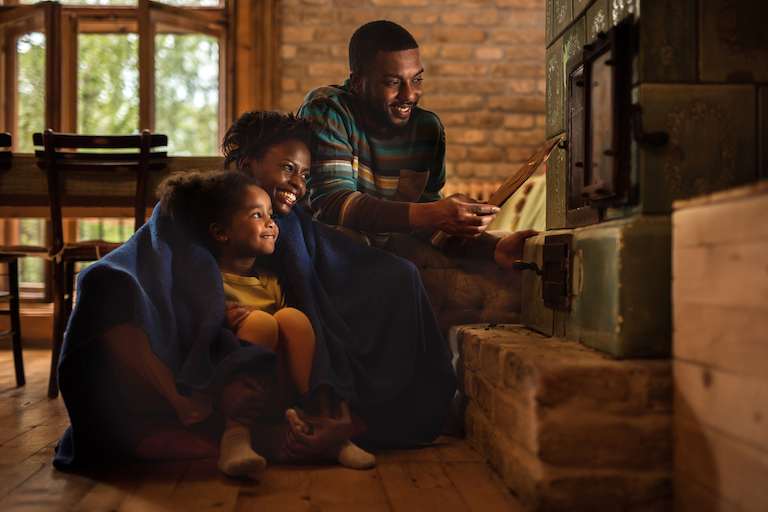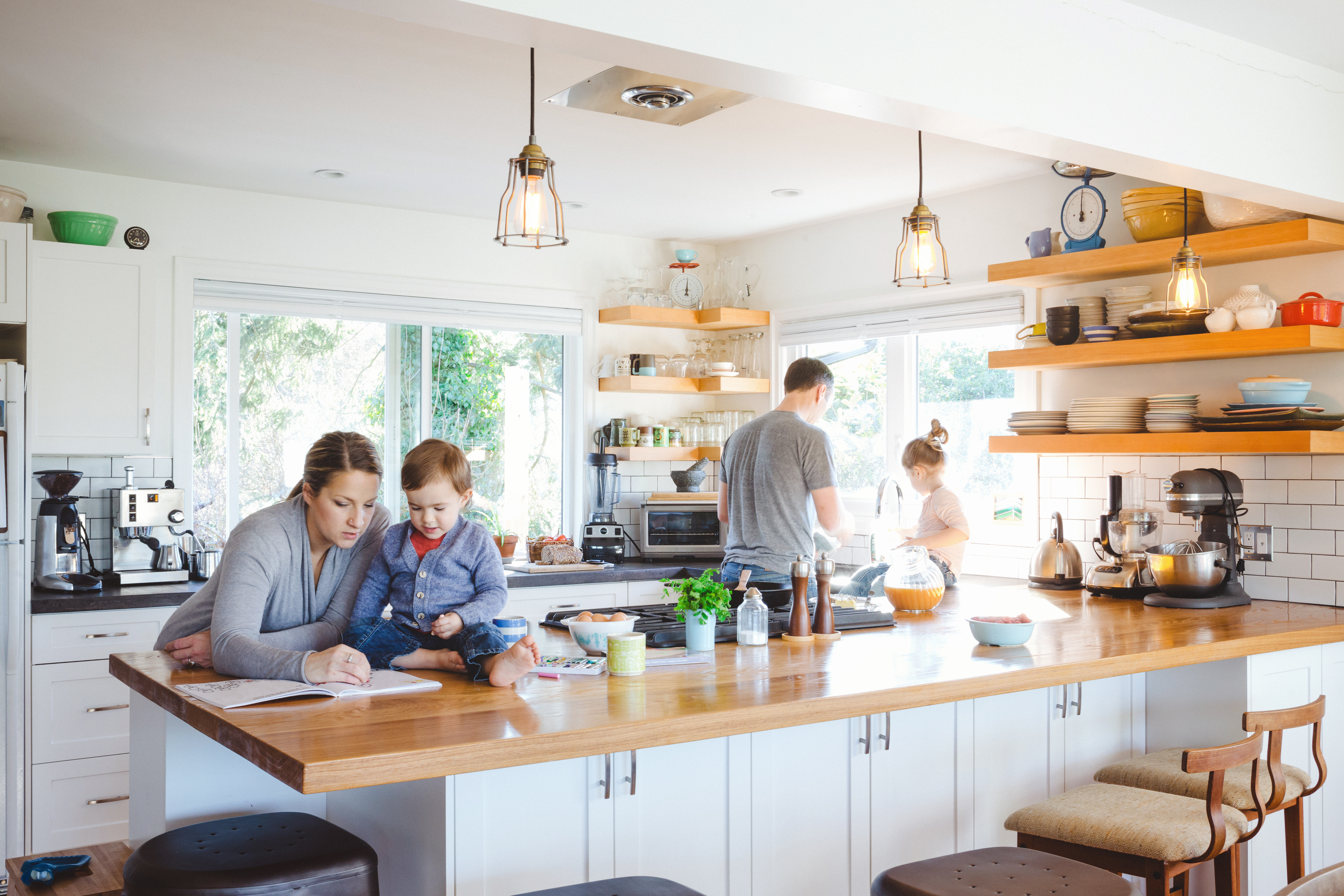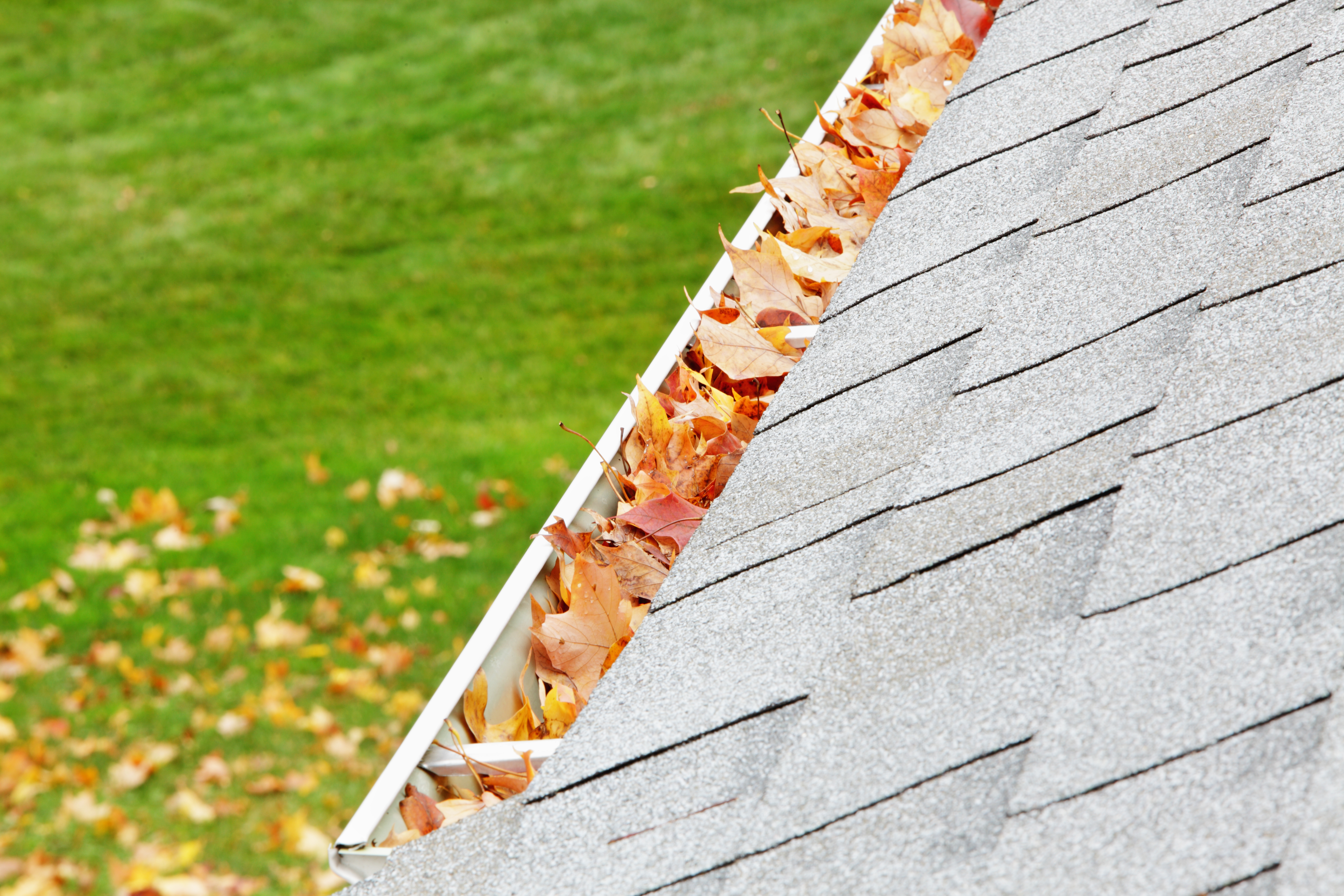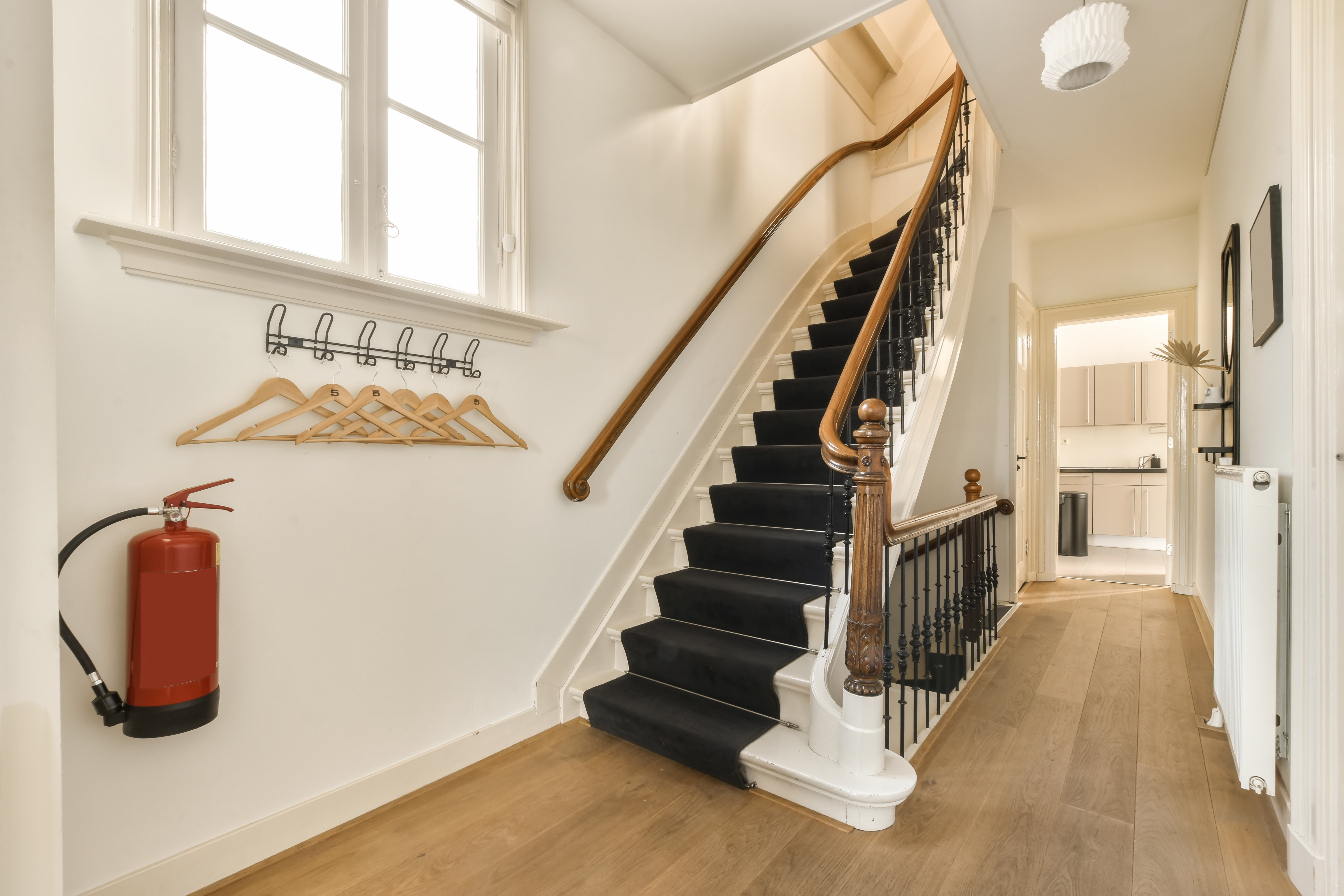
When it’s time to replace the furnace, review this guide for new furnace costs based on type, size, and efficiency, plus furnace installation costs.


From average costs to expert advice, get all the answers you need to get your job done.

When it’s time to replace the furnace, review this guide for new furnace costs based on type, size, and efficiency, plus furnace installation costs.

Home warranties offer protections for your home, but are they worth it? Let’s look at home warranty pros and cons to find out.

Get ready before the cold sets in. Learn how to protect your home from harsh winters with this winter preparedness checklist.

Protect your home from water damage with these practical gutter cleaning tips that work. Real solutions for a cleaner, safer home.

Putting your sprinkler system to bed for winter will help avoid damage from freezing temperatures. Use this guide to winterize your sprinkler system.

Keep your home and family safe with this comprehensive fire inspection checklist.


